Feeding your orchid at the right time and in the right way is a vital part of growing healthy, beautiful orchids.
You will quickly notice you have lots of orchid fertilizer options to choose from as well as different application methods.
Here, there is no one single “right” or “wrong” choice – just the choice that is right for your particular orchid.
What Nutrients Do Orchids Need?
Fertilization is an interesting topic because wild orchids don’t technically get “fertilized.” Instead, they simply take nourishment and moisture from the surrounding air and landscape.
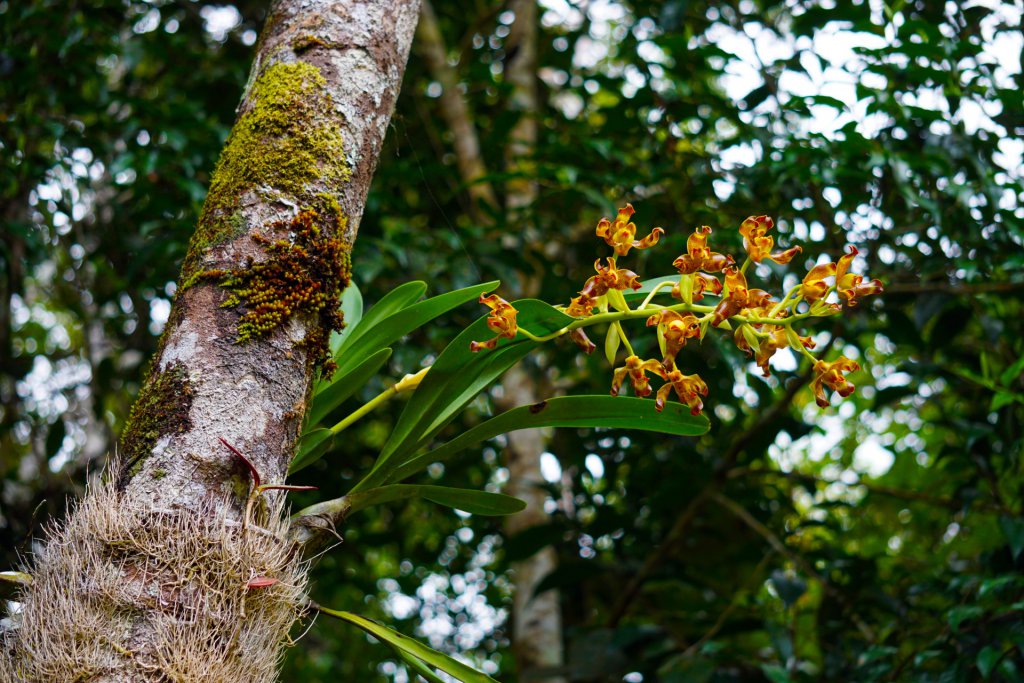
But when grown in captivity, many orchids are out of their native habitat. They rely on the grower (you) to provide the optimal blend of nutrients and hydration for each stage of their annual life cycle.
Below are the primary nutrients orchids require. If you are offering them some nutrients using your own DIY fertilizer, then be extra cautious about supplementing with full-spectrum commercial orchid fertilizer.
- Water
- Nitrogen (nitrate or ammoniacal; avoid urea-based)
- Phosphorus
- Potassium
- Calcium
- Magnesium
- Trace minerals: sulfur, molybdenum, manganese, iron, boron, folic acid, zinc, copper, sodium, chlorine
Main Types of Orchid Fertilizer
The best orchid food should provide the right balance of nutrients as well as the full spectrum of required nutrients. Other more specialized formulations can be created using the DIY guide below here.
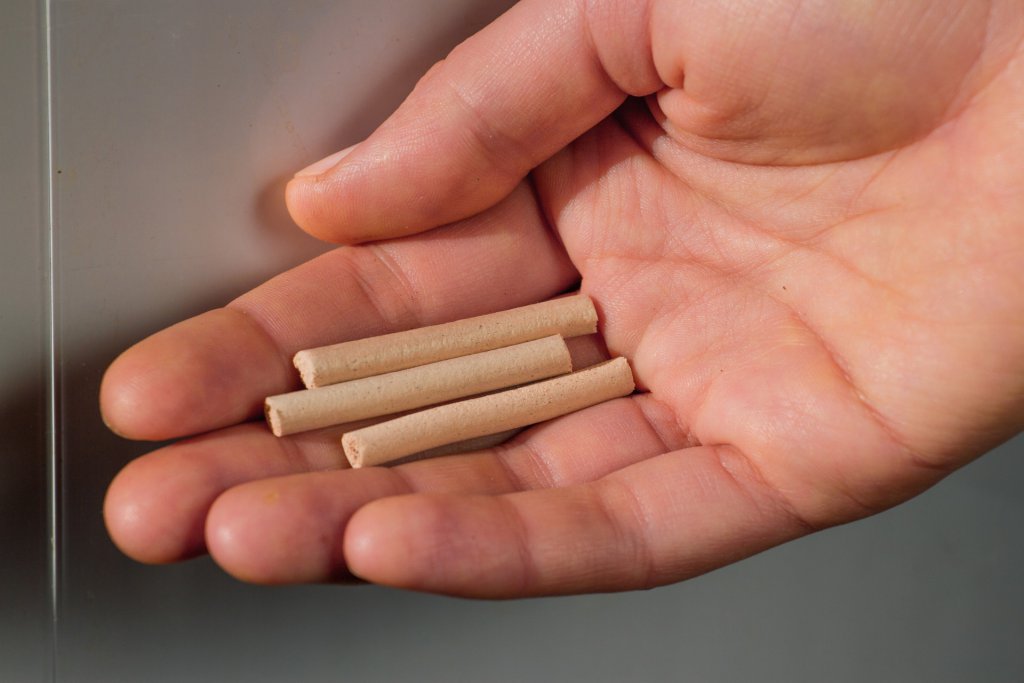
You should be able to find each of these three popular types of commercial orchid fertilizer online or in local nurseries.
20-20-20 orchid fertilizer
An excellent all-purpose orchid fertilizer will be one that offers a 20-20-20 balance of nitrogen, potassium, and phosphorus. Ideally, it’ll also have 15 percent calcium and eight percent magnesium plus trace minerals and micronutrients.
Before choosing and using your fertilizer, learn all you can about the specific orchid species or hybrid you are caring for. Fertilizer applied appropriately can help encourage blooming and nourish the depleted plant after it blooms.
20-10-20 orchid fertilizer
When your orchid is in the growing season, we recommend switching to a custom blend of 20 percent nitrogen, 10 percent phosphorus and 20 percent potassium.
10-20-30 orchid fertilizer
Just before your orchid is ready to bloom, some growers suggest using a fertilizer with 10 percent nitrogen, 20 percent phosphorus, and 30 percent potassium.
Organic or all-natural fertilizer
Orchids can be more sensitive to chemical additives in commercial fertilizers. Use an organic or all-natural orchid fertilizer in dilute form to reduce the risk of your orchid having a bad reaction.
Step-By-Step Guide to Fertilizing Orchids
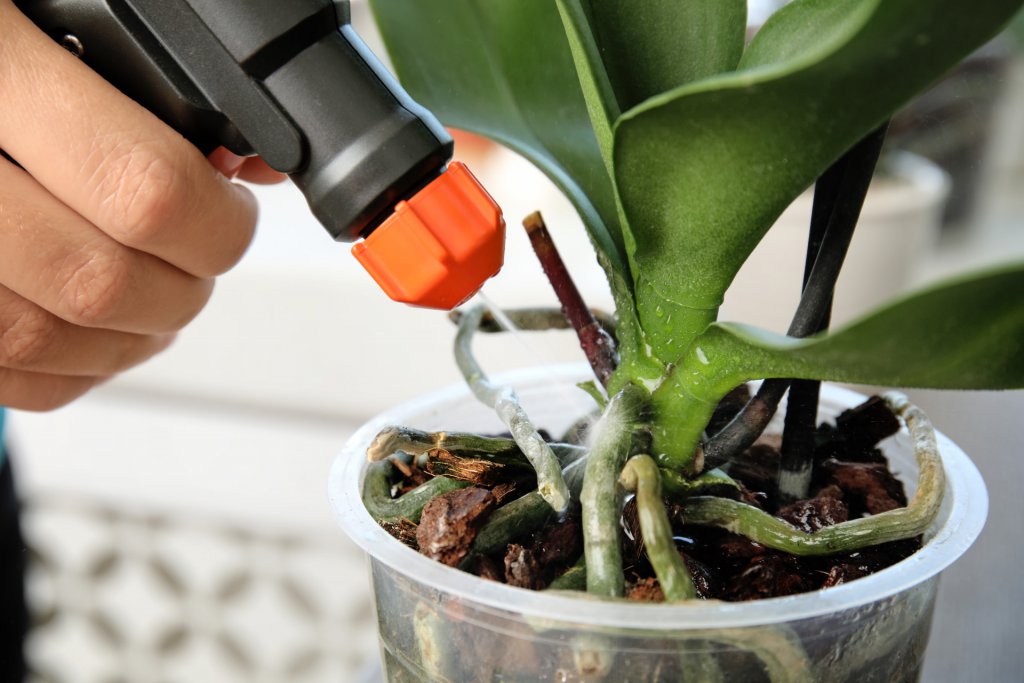
Many experienced orchid growers prefer applying fertilizer to their orchids once a month, especially when caring for many plants. However, the American Orchid Society suggests using orchid fertilizer once per week instead.
The AOS recommends using this “weekly, weakly” guideline, following these basic steps:
- Choose a balanced fertilizer. It should be appropriate for your species of orchid, its age and size, stage of life (growing, blooming, dormant) and overall health.
- When in doubt, err on the side of too little rather than too much.
- Always water your orchid before fertilization unless you are using fertilizer water. Otherwise, applying fertilizer to dry orchid roots or leaves can burn the orchid and cause a lot of damage.
- Dilute the fertilizer you are using to between one-half and one-quarter strength.
- Apply according to the manufacturer’s instructions (spray, sprinkle, soak, mix in potting media, etc.).
Frequently Asked Questions
Even experienced orchid growers are always learning new things about how best to care for orchids. There are more than 30,000 orchid species (not including hybrids), and so there is always something more to learn!
Here are some of the most common questions about how to fertilize orchids properly.
How often should you use fertilizer on orchids?
The general rule of thumb among experienced orchid growers is to fertilize using a weak solution once per week.
It is best to feed your orchids regularly during their growing season. Let them rest during their winter (dormant) season.
Keep in mind that fertilizer isn’t usually the right treatment for a plant that has become ill or weakened.
Is it possible to over-fertilize orchids?
It is possible to overfeed orchids. Orchids that have been given too much fertilizer will often develop overly dark or large, floppy leaves as a result.

The best way to guard against this is to dilute your fertilizer in plain water. Never offer it more than once per week.
Do all orchids need the same type of fertilizer?
Different orchids can benefit from different fertilizer application methods based on their age, health, size, and species.
However, all orchids need the same basic nutrients to thrive.
Can you use Miracle Gro on orchids?
Miracle Gro makes a special orchid fertilizer that is safe to use with orchids. This is water-soluble and is designed to be used every two to four weeks.
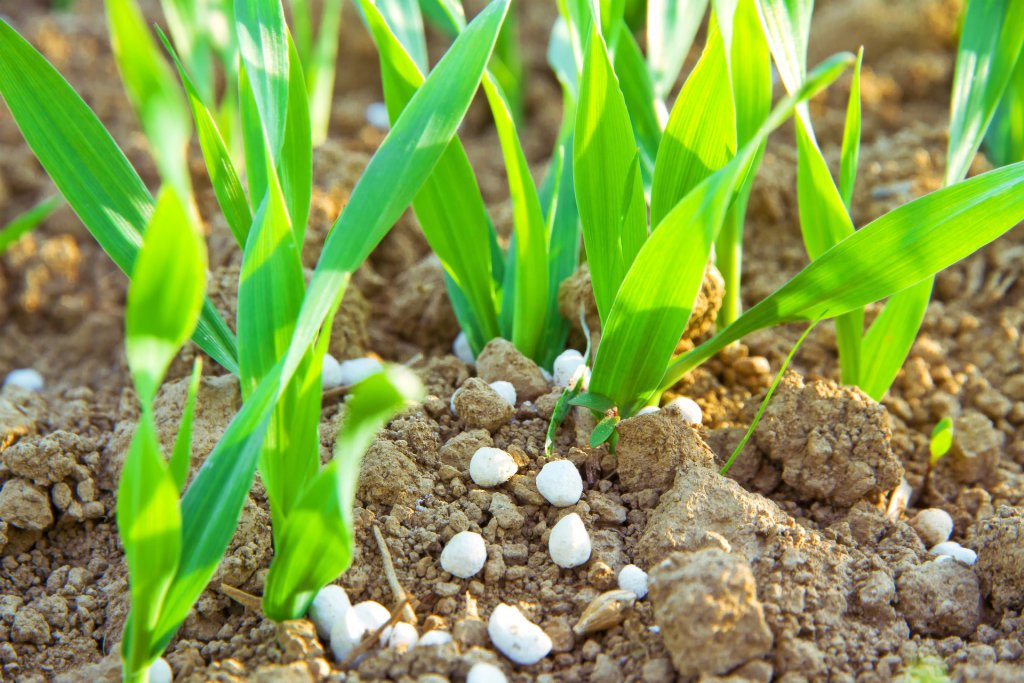
Do not use regular Miracle Gro (or other “all-purpose” fertilizers) on orchids.
Can you make your own orchid fertilizer at home?
Yes! Professional orchid growers often like to develop their own fertilizer for different species and seasons.
These materials can all form part of an effective DIY orchid fertilizer when used as directed. You may want to create your own schedule to ensure your orchids get all the required nutrients regularly.
- Eggshells (crushed): provides calcium. Crush and sprinkle over orchid potting media.
- Chicken bones (cooked, dried, crushed): provides calcium. Crush and sprinkle over orchid potting media.
- Epsom salts: provides magnesium. Dilute one teaspoon of salts in one gallon of water and water as usual.
- Dairy milk or buttermilk: provides nitrogen. Use one part milk to three parts water and water as usual.
- Molasses: provides potassium. Add one teaspoon of molasses to one quart of water and water as usual.
- Potato water (from boiled potatoes): provides potassium and phosphorus. Use room temperature left-over potato water in place of regular water and water as usual.
- Brown rice water: provides thiamin, niacin, folic acid, and riboflavin. Use left-over room temperature brown rice water to water in place of regular water.
- Tea bags (steeped): provides nitrogen. Open the room temperature used teabag and sprinkle the contents over the potting media.


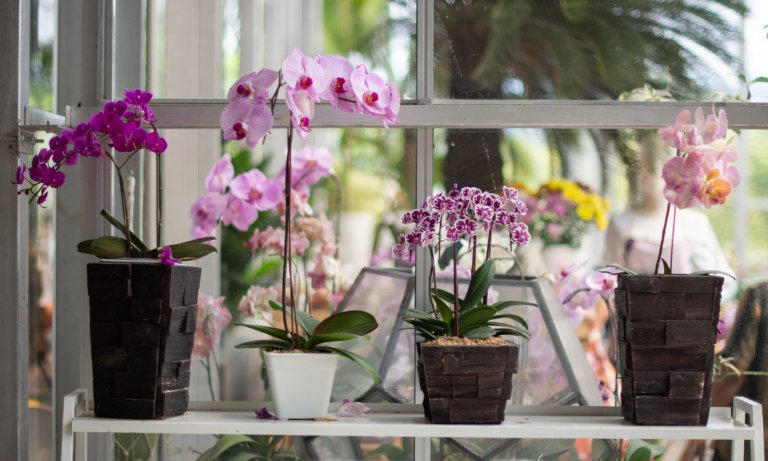

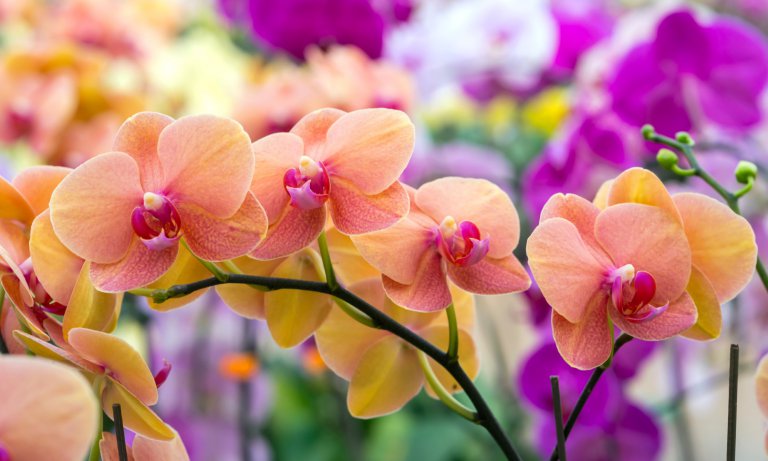
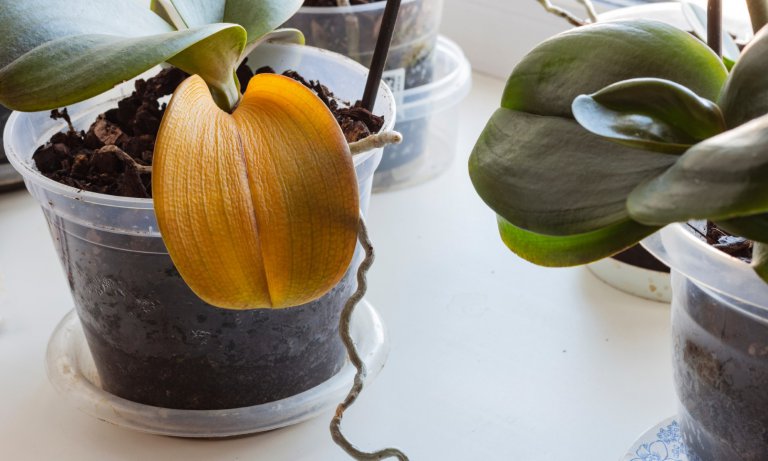


I find that using dried banana peels crushed up are good for orchids. Is this true?